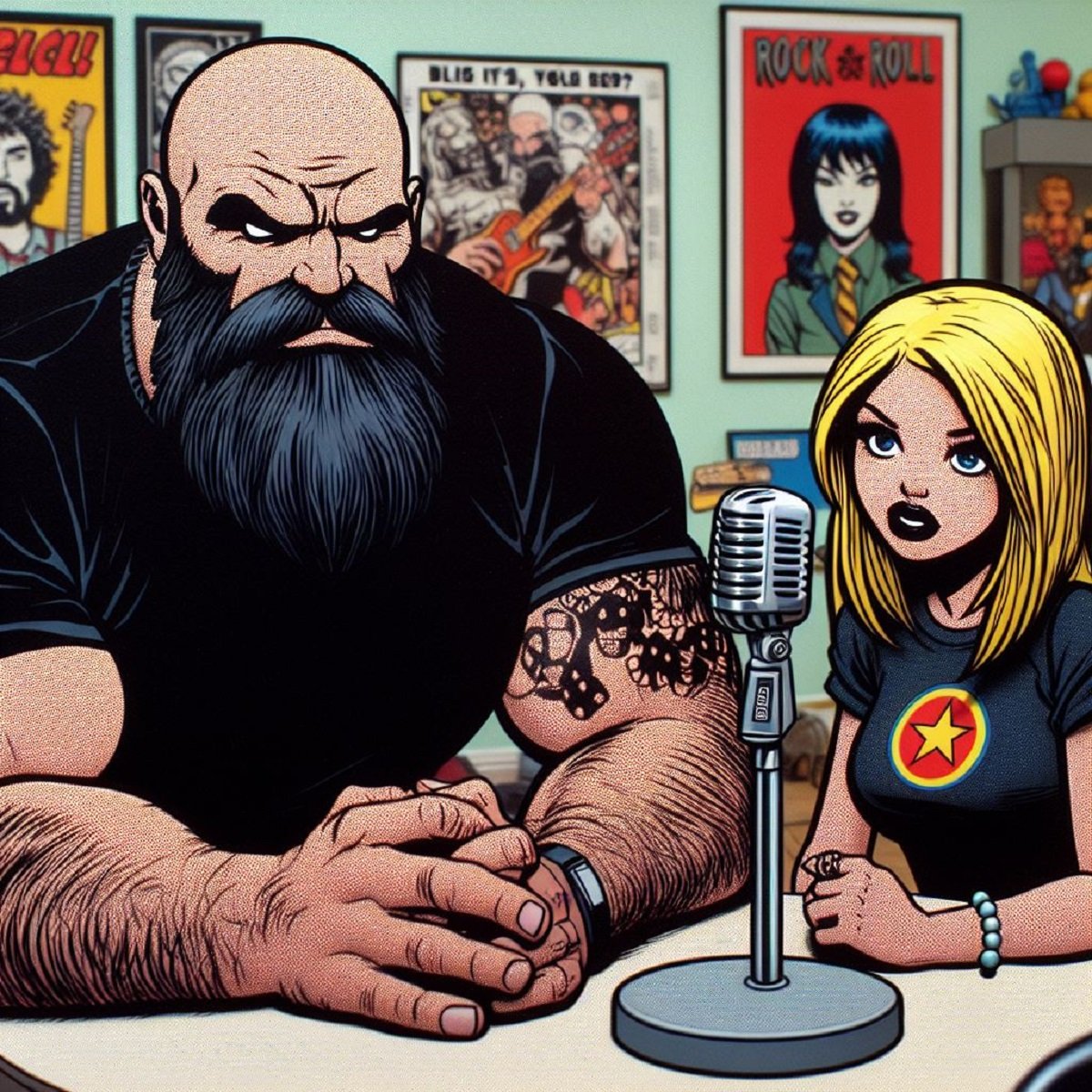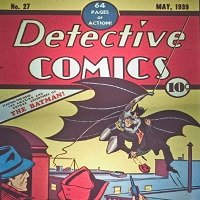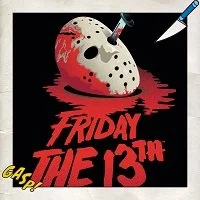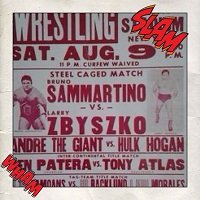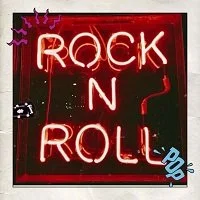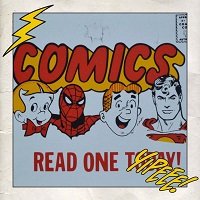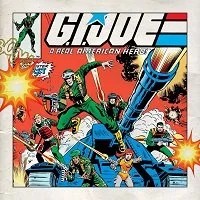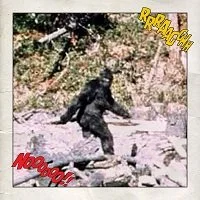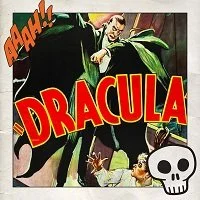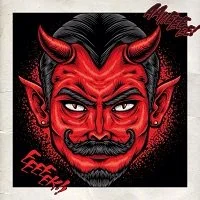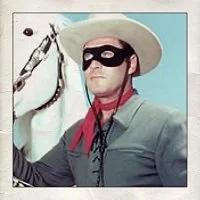Echos of the Pop: Playstation
By: Juan Nunez (Twitter)
Our story starts in the mid-1980s. Nintendo is dominating the gaming market with the USA with the Nintendo Entertainment System (NES), and in Japan with the Famicom. The Famicom and NES are very similar technologically speaking, but the Famicom received more revisions, accessories, and variations in Japan than the NES did internationally. One of these was the Family Computer Disk System. It was an add-on that allowed the Famicom to play Floppy disks. Also, a unique all in one version of the Famicom Disk System was sold in Japan. These special floppy disks allowed games to have enhanced sound and to be sold at a cheaper price. When the next generation of Nintendo Consoles started development in the late 1980's Nintendo wanted to carry over this idea except with Compact Disks instead of Floppy disks. CD Technology was still in its early stages in the 1980s. Still, the potential for data storage orders of magnitude bigger than traditional video game cartridges of the era made it an obvious way to go.
Famicom Game system
Nintendo approached Sony with the idea and asked them to develop the CD add-on. At the time, Sony was a global consumer electronics giant. One of Sony's top engineers, Ken Kutaragi, secretly developed a sound chip for Nintendo's next-generation console without Sony's management being aware until its completion. With the sound chip development going well and the potential for profits in the future, Sony jumped on board and put Ken Kutaragi in charge of the project in 1988. The next-generation console became the Super Famicom in Japan, released November 21st, 1990, and the Super Nintendo in North America, released August 23rd, 1992.
After a couple of years, two prototype types were developed by Mr. Kutaragi. One was a CD add-on called the SNES-CD, and the other was an all in one Super Nintendo/Super Famicom unit with CD capabilities called the "Nintendo Play Station" (with space). Both types would play compact disks called "SuperCDs." While the project wasn't complete, it was far along into development that both companies were ready to announce the project to the public in 1991 at the Computer Electronics Show. Today one of the all in one unit prototype survives. As of the writing of this article, it's being auctioned for sale. This one of a kind piece of Video Game history will likely sell for hundreds of thousands, if not millions of dollars.
SUper NES CD
Have I mentioned that literally the day after the Nintendo-Sony Play Station was announced to the public at CES, Nintendo and Phillips announced a partnership that totally undermined the Nintendo-Sony deal? No? Well, Nintendo didn't tell Sony before going public either. You can read a New York Times article from 1991 here: https://www.nytimes.com/1991/06/03/business/nintendo-philips-deal-is-a-slap-at-sony.html
The long and short of it is that Phillips was the first to market with a CD-based game console, the CD-i in 1991. While the CD-i's CD technology wasn't as mature as future CD-based game consoles, it was more advanced than the other consoles out on the market at the time. Phillips wanted to license Nintendo properties for its new console. Sony and Nintendo also had issues regarding the who owned the rights to the CD gaming hardware they were developing. The deal would have been far more profitable for the rights owner.
Phillips cdi
Unable to work out the rights details with Sony, Nintendo looked for other options while an unaware Sony kept working on the project. Sony and especially Ken Kutaragi were angry by the betrayal. The deal also didn't go over well with the Japanese public. At the time, the Japanese economy was going through problems, and Nintendo chose a European company over a Japanese company in a very public manner. Ultimately Nintendo, Sony, and Phillips did try to work out their differences for the sake of PR. Still, no Nintendo CD hardware came to market. Nintendo did allow Phillips to release brand new Legend Of Zelda and Mario themed games for the CD-i. Those games are universally regarded as terrible.
So now, Sony has a partially developed CD gaming technology, a very talented engineer, and an ax to grind. Sony decides to enter the following generation of Video game consoles in full force with Ken Kutaragi in charge of development. In 1993, they created a division called Sony Computer Entertainment America to be the video game branch of the company. They took some lessons from the Nintendo project, but scrap the technology and start from scratch to have a more advanced product by the time they hit the market. The final product is now called the "Playstation", sometimes also branded the PSX or PS1. It launched in Japan on December 3rd, 1994, and it blows every game console in the market out of the water.
Playstation I
The Playstation set itself apart from the rest of the industry in a few ways. The first and most obvious was full 3D graphics. The Super Nintendo couldn't do real 3D graphics, only a clunky workaround with 2D graphics called Mode 7. See F-Zero as an example of Mode 7 graphics. Sega came to market with its next-generation console, the Sega Saturn, a month before the Playstation was released in Japan. While the Saturn was somewhat similar to the Playstation in processing power, but it wasn't as capable when it came to displaying 3D games. Some Saturn 3D games were released but their development was extremely challenging. Sega also had a lot of internal fighting management issues between it's American and Japanese branches that destroyed Saturn's chances in America. PC games were further ahead of Consoles when it came to 3D graphics. Still, PC gaming wasn't truly mainstream at the time due to the costs of the necessary computer hardware and more sophisticated operating systems.
Another way that the Playstation set itself apart was with its game titles. At the time, Nintendo had a somewhat combative relationship with 3rd party game developers such as EA, Square, and Namco. Sega had a better relationship, but Sega's internal struggles made them a questionable financial partner. Sony filled in that gap. Sony didn't have its own famous exclusive franchises like Super Mario or Legend Of Zelda. It made up for it by giving a platform to Square's Final Fantasy series, which was previously exclusive to Nintendo, EA's Alone In The Dark series, Namco's Ridge Racer, and many more. By the time the Playstation hit its peak in the mid to late 90's it had the deepest game library of any game console of its time. It featured advanced games the quality of that had only been seen in arcades or PCs at the time.
The Playstation also had one of the most revolutionary game controllers ever. It felt natural to hold. This is something that modern gamers may take for granted, but one look at the Atari Jaguar controller should be enough to explain why the original Playstation controller was so great. Furthermore, Playstation introduced the DualShock controller. A controller with two analog joysticks that made 3D gameplay significantly more natural and more enjoyable. This is a feature that every game console that followed has implemented for a reason.
By the time the Playstation was discontinued in 2006, it had sold over 102 million units. It gave us such classic titles as Final Fantasy 7, Metal Gear Solid, Gran Turismo 1 and 2, Tekken 3, Tomb Raider 1 2 and 3, and many more. It introduced the mainstream to 3D games. It invented the modern video game controller. It signaled the beginning of the end of game cartridges. It was one of the most significant leaps forward in video game history.
If you found this article interesting consider becoming a Patreon supporter. That is how When It Was Cool keeps our website and podcasts online, plus you get lots of bonus content including extra and extended podcasts, articles, digital comics, ebooks, and much more. Check out our Patreon Page to see what's up!
If you don't want to use Patreon but still want to support When It Was Cool then how about a one time $5 PayPal donation? Thank you!
